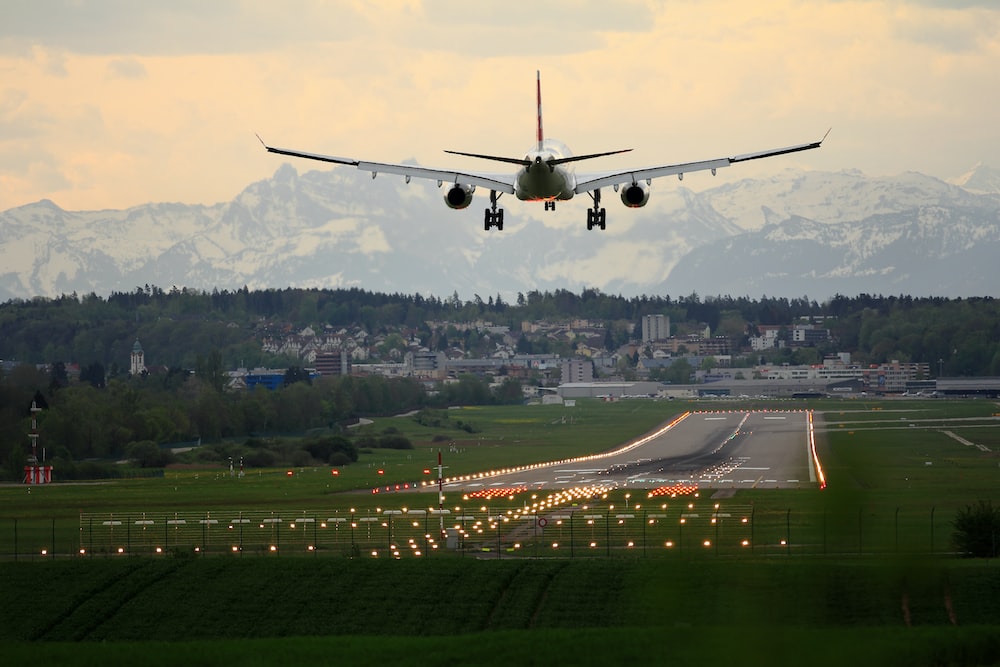Airports Runway

The construction of runways is similar to that of roads in that the type of pavement required depends on the loads needing to be carried, although the stresses applied by aircraft can be very high and variable, up to 8 times greater than those on roads.
Pavements must facilitate safe aircraft ground operations, and in order to achieve this they must meet a number of performance requirements:
- Rideability.
- Good friction and drainage characteristics.
- Strength and stability sufficient to withstand shear stresses induced by heavy wheel loads and high tyre pressures.
- Durability.
- Resistance to fuel spillage and jet blast.
- Low maintenance requirements.
Runway drainage
Runways must have excellent drainage capabilities as aircraft can aquaplane if there is just a thin film of water on the surface. The usual cross falls on the runway are 1 in 66. Cross falls on runway shoulders may be increased to 1 in 40. Gullies or drainage channels should also be provided.
On areas subject to fuel spillage, drainage should be channeled to a fuel and oil interceptor so that the water course is not polluted and to reduce the risk of fire. A single open trap located near the drainage outfall is usually provided.
